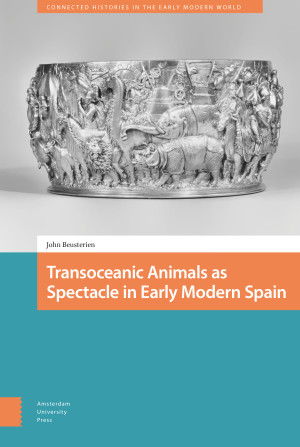Animal spectacles are vital to a holistic appreciation of Spanish culture. In Transoceanic Animals as Spectacle in Early Modern Spain, Beusterien christens five previously unnamed animals, each of which was a protagonist in a spectacle: Abada, the rhinoceros; Hawa’i, the elephant; Fuleco, the armadillo; Jarama, the bull; and Maghreb, the lion. In presenting and analyzing their stories, Beusterien enriches our understanding of the role of animals in the development of commercial theater in Spain and in the modern bullfight. He also contributes to growing scholarly conversations on the importance of Spain in the history of science by examining how animal spectacles had profound repercussions on the emergence of the modern zoo and natural history museum.
Combining scholarly content analysis and pedagogical sagacity, the book has a broad appeal for scholars of the early modern Spanish Empire, animal studies scholars, and secondary and postsecondary instructors looking for engaging exercises and information for their Spanish language, culture, and history students.

